MEMS or FOG for LRF Stabilization in Armored Platforms? Here’s What You Need to Know

Based on real-world experience, FOG gyros outperform MEMS in terms of long-term stability, vibration immunity, and thermal robustness in vehicle-mounted LRF applications. MEMS is still viable for space-constrained or budget-sensitive platforms, but requires careful compensation design.
FOG Gyroscope Lifecycle: Durability, Calibration, and Maintenance

In practical deployments, sustaining the precision and stability of a Fiber Optic Gyroscopes (FOG) requires more than advanced sensor design—it demands a calibrated system framework that includes thermal compensation, mechanical isolation, and lifecycle-aware maintenance.
Why Fiber Optic Gyroscope (FOG) IMUs Are Game-Changers for Gimbal Applications?
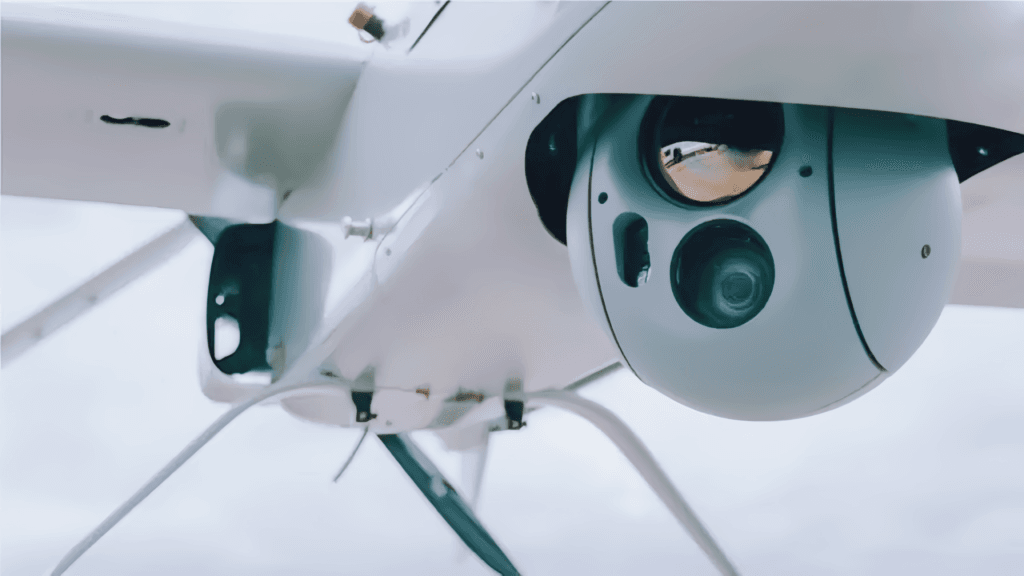
That’s why I rely on Fiber Optic Gyroscope IMUs—they bring unmatched precision and resilience, transforming shaky, unreliable gimbals into rock-steady platforms no matter the conditions.
How Can INS Solutions Overcome Navigation Challenges in Complex Environments?

Inertial Navigation Systems (INS) operate independently of external signals by measuring acceleration and angular velocity through internal sensors, making them indispensable in environments where GNSS signals are blocked or unreliable. Through sophisticated sensor fusion, error compensation, and AI-driven corrections, INS delivers continuous, accurate positioning in the most demanding scenarios.
What Is the Difference Between an IMU and an INS?
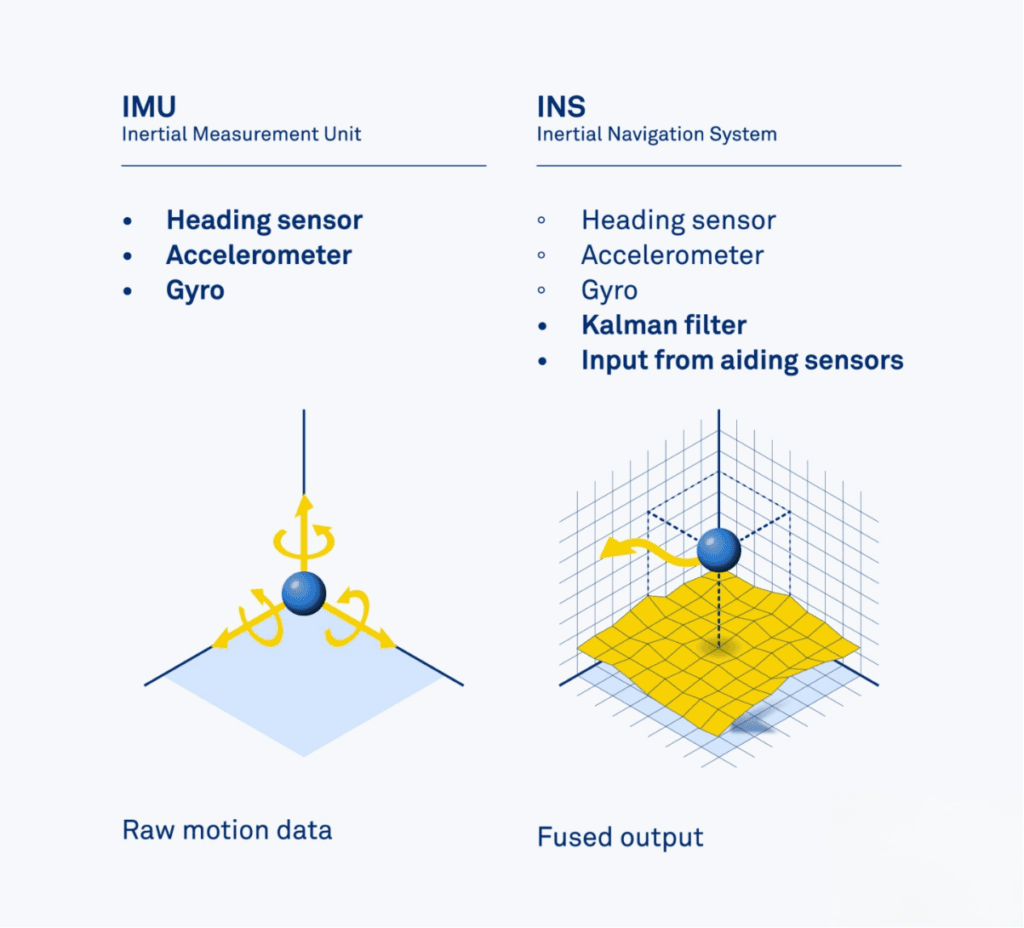
An IMU measures motion, while an INS uses IMU data to compute position and orientation over time—IMU is a sensor, INS is a system.
What Is An Inertial Navigation Systems (INS)?
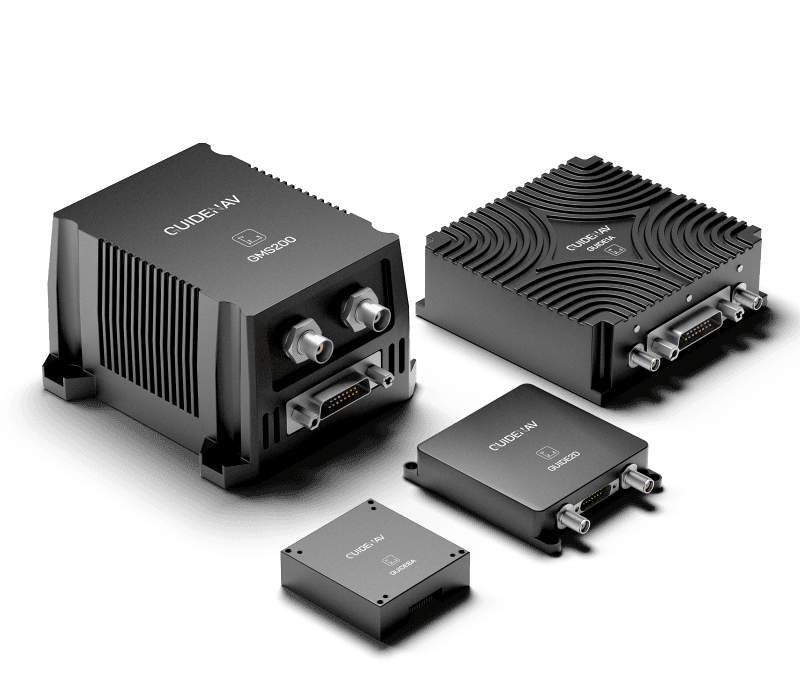
An Inertial Navigation System (INS) determines position, velocity, and orientation using only internal motion sensors, enabling precise navigation across a wide range of applications—including autonomous systems, underwater platforms, and mission-critical defense operations.
What Are the Key Strengths and Limitations of the LN-200 FOG IMU?
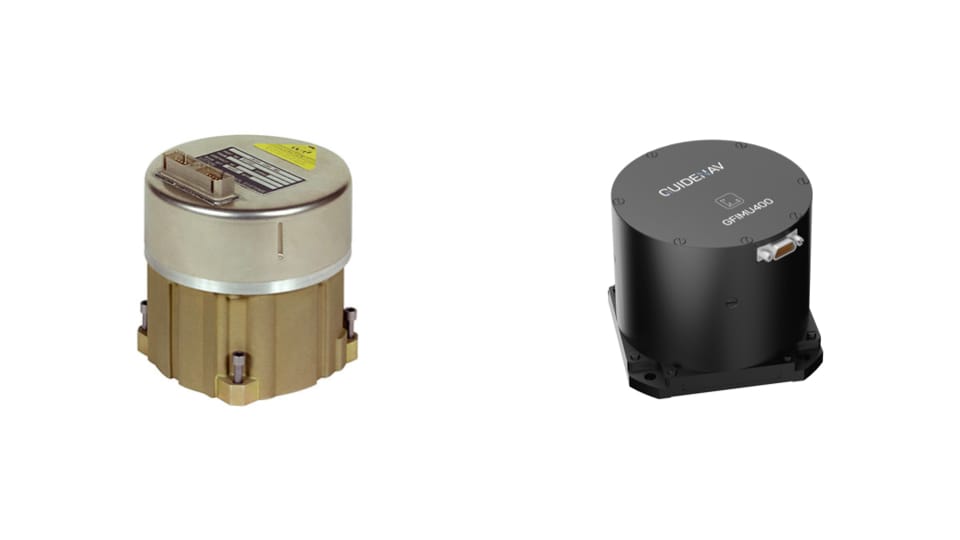
The LN-200 series Fiber Optic Gyroscope (FOG) IMU has long been regarded as a reliable, battle-tested solution for tactical-grade inertial navigation. Deployed across thousands of platforms in aerospace, defense, and advanced guidance systems, it continues to serve missions where rugged performance is critical.
What Are the Key Strengths and Limitations of the STIM300 MEMS IMU?
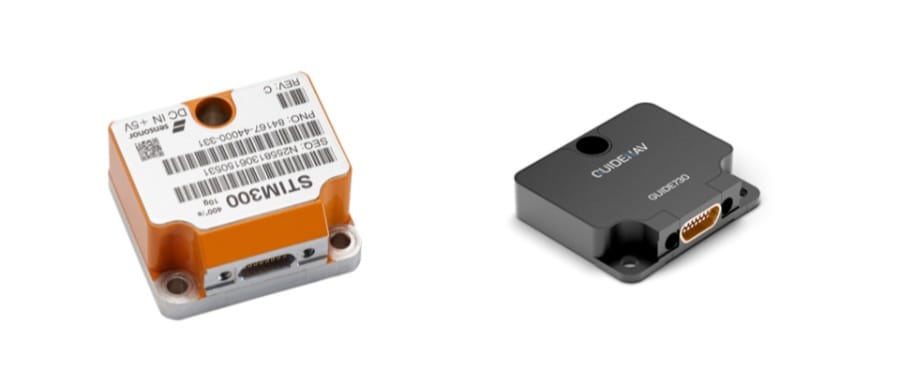
The STIM300 is a tactical-grade MEMS IMU designed for high-precision applications in defense, aerospace, and autonomous systems. With gyroscope bias instability as low as 0.3°/h, it delivers strong performance in a compact and rugged form factor. While it stands out for its stability and export flexibility, its high cost and lack of integrated features may be limiting for some use cases.
MEMS vs FOG: Which is Best for Your Application?

MEMS IMUs are smaller, lighter, and more cost-effective, making them ideal for space- and power-constrained systems. FOG IMUs, by contrast, deliver significantly better bias stability, lower drift, and superior performance in harsh or GNSS-denied environments.
Top 10 MEMS Inertial Measurement Unit (IMU) Suppliers in 2025

Discover the top 10 fiber optic gyroscope manufacturers in 2025, including industry giants and lesser-known yet high-quality brands. Find out which companies offer precision, cost-effective solutions, and ITAR-free products for your aerospace, defense, or industrial needs. Explore expert insights and comparisons now!
